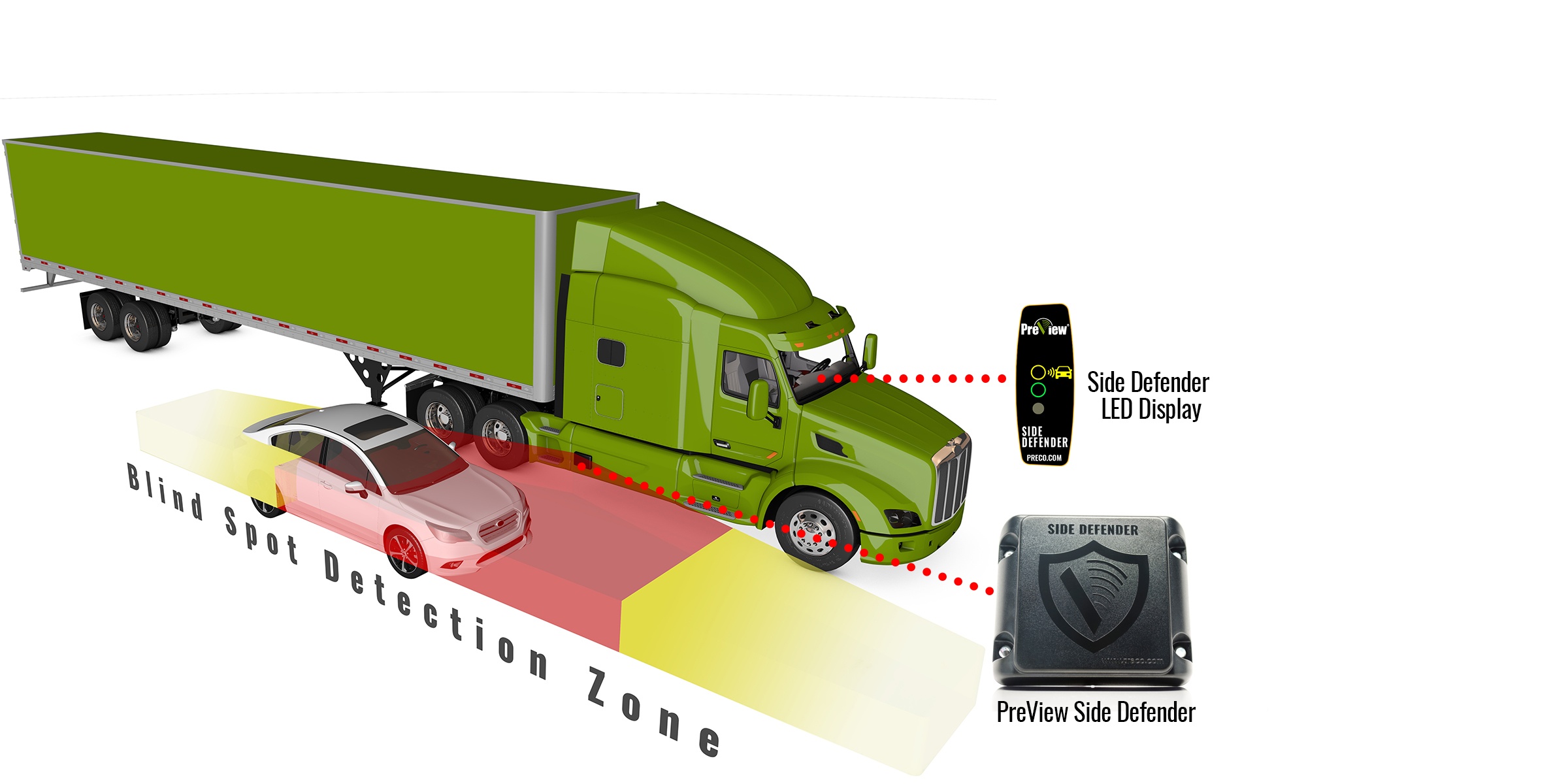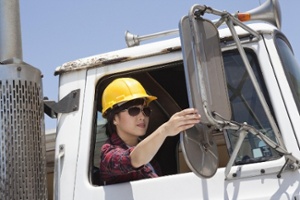Germany Calls for New EU-Wide Blind Spot Regulations
The European Union has a special name for certain
parties who share highways and streets across the continent. They are the VRUs:
vulnerable road users. These pedestrians, cyclists, and motorcyclists account
for almost 50 percent of Europeans injured or killed each year in accidents
involving vehicles—and 28 percent of those injured or killed in large truck
crashes. More than half of these large truck incidents take place at low
speeds. In Germany alone this year, more than 20 cyclists have been killed by
right-turning trucks alone. The numbers are predicted to grow as governments
across Europe promote walking and biking over driving and as more urban
construction projects begin.
In response, Germany’s Transport Minister Andreas
Scheuer is calling for all EU trucks to be fitted with compulsoryblind spot
safety systems to prevent pedestrians and cyclists from becoming injured or
even killed because the truck driver was unaware of their presence on the side of
the vehicle. As the EU plans new vehicle safety requirements, European truck
manufacturers are addressing the blind spot problem in a number of ways.
One popular approach is to design truck cabs in which the operator sits much lower to the road surface, in front of windshields that extend much further down to improving operators’ direct vision of nearby VRUs. For the past few decades, EU vehicle safety policy has resulted in as many as six mirrors being mounted to truck cabs. As the report notes, “mirrors provide a distorted image: often only (a small) part of the cyclist or pedestrian is clearly visible. Drivers also need to check several mirrors which often are not correctly adjusted. This may help explain why the fitting of extra mirrors has not produced the safety improvements that were initially expected.” Companies are also disappointed with the camera systems they purchased because they didn’t produce the results they expected. They have just exchanged one passive system for another. The camera monitor has just become another mirror that the operator must view. Fleet managers in the U.S. and in the EU are increasingly turning to radar-based blind spot safety systems to help operators avoid vulnerable road users. Recognizing that so many of these incidents happen at slow speeds, PRECO has designed a side collision-avoidance radar system, PreView Side Defender®, with a specific setting for slow speeds.
“When a vehicle is traveling at more than 16 kph (10
mph), the Side Defender targets an area alongside the truck that’s about 12m
(40 ft) long and 3m (10 ft) wide,” says David Hofacker, Product Manager at
PRECO Electronics. Within that zone, he says, the radar alerts the driver both
visually and audibly if a moving object is approaching the truck when the turn
signal is engaged. “When the vehicle enters an urban area and starts to travel
at below 16 kph (10 mph),” Hofacker continued, “the target area shrinks to 3.6m
(12 ft) long and 3m (10 ft) wide and alerts the driver to anything moving or
stationary within that zone. This is a smaller target area, but the
sensors tell the operator about everything within it. According to the TransportEnvironment.org
report, 31 percent of VRU fatalities in the EU take place in the front of the
vehicle as it is pulling away from a dead stop. Another 19 percent take place
when the truck is turning toward the passenger side, with another 6 percent
resulting from the truck turning on the operator’s side. The challenge has been
to provide a system that gives the operator good vision of the area across the
front bumper and very front of the vehicle—as well as along the entire length
of the vehicle.
PRECO understands that the optimal solution may be a combination of active and passive solutions. Better operator positioning inside the cab, bigger windshields, more mirrors, and exterior cameras can improve the operator’s field of vision, but are passive because the operator has to know when to look. With the addition of radar sensing, the operator is actively alerted to a nearby object and can then look in the mirror or in-cab monitor to quickly assess and avoid the danger.
PRECO’s engineering team is working to develop technologies that will bring us closer to that perfect vision of full visibility and object awareness. But safety cannot rest on the shoulders of equipment operators and drivers alone. Companies must create a consistent, sustainable culture of safety and maintain commitment and leadership support of safety. Industries must also combine the best of safety technology with a workforce continually trained to avoid complacency—to take responsibility for their own safety. Only then can an industry say it’s doing everything it can to keep the people in and around heavy equipment safe.
















